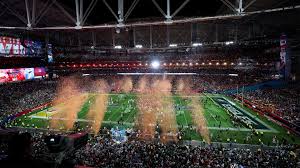
Every year, millions of people around the world gather together on one Sunday evening in February to take in the pinnacle of American sports: the Super Bowl. All those who play the game of football dream of playing in this game, coaches dream of being on the sidelines leading their team to a championship and fans dream of being in the stands watching their favorite team take home a victory. While everyone will see the San Francisco 49ers and the Kansas City Chiefs battling it out on the field, what we as viewers often overlook is all of the behind-the-scenes work that goes into making the biggest sporting event in America run smoothly. There’s a village of industry professionals who have a hand in making the game happen each year. Ahead of this year’s Super Bowl in Las Vegas, here is a look at everything that goes into making this game the spectacle we know and love.
The Super Bowl serves as the ultimate goal for all those fortunate enough to call professional football a part of their lives. For the heads of the Operations department at State Farm Stadium, Keith Van Der Leest, Eric Koncz, Sandra Carretero and Nicholas Barbalato, this was much more than just a game last season. State Farm Stadium, home of the Arizona Cardinals, was the proud host of Super Bowl ⅬⅤⅡ in 2023 and I had the privilege of getting to sit down with these four staff members to learn more about everything that goes into making this event happen.
What some people may not realize is the sheer amount of time that goes into transforming an NFL stadium from its regular season form into a building fit to host the Super Bowl.
“Everything that goes into hosting an event falls on our plate, so when it comes to getting ready for an event we handle all the cleaning of every square inch of this building. Additionally, our field moves in and out of our building, which adds to what we have to do before each game, When it comes to hosting a regular season game, those tasks are minimal, one night’s work, but as you look at a Super Bowl it’s one month’s work,” Koncz said.
What’s important to remember is that not only is this the biggest football event in America; there’s also a concert included at halftime each year that has to be put up and taken down swiftly so that the game isn’t delayed in any way.
“We put the building under a lot of self-induced stress to mimic what it’s like to have a larger capacity crowd and basically a full concert crammed into halftime. The halftime component is huge and you’re dealing with multiple entities; you have the NFL, which thinks the Super Bowl is all about football, and then you’ve got the production company, which thinks the Super Bowl is about the halftime show,” Carretero said.
All of this labor does not fall solely on the backs of the stadium workers; the NFL plays a major role in assisting with the setup and staffing required to transform the stadium into a much larger event venue in a short period.
“The NFL hires their own event management company to manage the event who then goes and hires all their general contractors to build other things that go into a Super Bowl,” Koncz said.
Similar to a party, however, once the night’s over, it falls on the stadium staff to find and take care of the damages caused by the immense amount of construction done within the stadium.
“The Super Bowl moved in, they took over the entire venue, they built the whole outside and inside up. Then, after the event, they quickly broke it down, moved out and that’s where we have to go through an audit process to say what got damaged. Sometimes the contractors will knock out a wall or scratch the paint, we have to report all of it,” Barbalato said.
One number that jumps off the page is the sheer multitude of staffers required for one game at the stadium.
“For a regular season game, you’re probably looking at 1,200 staff members total, maybe a little bit more. You’ve probably got 900-1,000 security people, ushers and ticket takers. Then there’s 150 housekeepers running around, and a lot of people in the parking lots,” Koncz said.
Not only does the stadium’s attendance increase for a Super Bowl, but the area of the stadium does as well. Outside the stadium you will find lounges, activities, transportation and numerous other Super Bowl festivities, and with those comes a major increase in staffing.
“Last year the NFL credentialed over 10,000 folks for the Super Bowl, they’re working on the halftime element which we wouldn’t have for a regular season game, all of the different festivities and VIP areas that are outside the stadium and within the gates of the Super Bowl,” Van Der Leest said.
As eye-opening as this perspective of the game is, it’s even more amazing to think that this is just one part of the process that makes this event the production that it is. But what about those of us who aren’t fortunate enough to be in the stadium for the game?
For us, the 115 million viewers watching the game on television, the game doesn’t just magically appear at the click of a button. John Howard, technical director for NBC’s Sunday Night Football, has the distinction of being one of only 12 people on the planet to serve as technical director of a Super Bowl broadcast.
“The Super Bowl is unlike any other show. Sunday Night Football officially ends after week 18 and after that, for the playoffs and Super Bowl, they are almost like completely different events, just with our same SNF team,” Howard said.
While the regular season requires constant traveling and just a few days to prepare for a broadcast, the Super Bowl broadcast is a whole different process.
“Prep for a Super Bowl begins more than a year out. For example, we already know that our next Super Bowl in 2026 will be in Santa Clara (The networks of CBS, NBC and FOX rotate who gets the Super Bowl), California at Levi’s Stadium. That venue presents some challenges that we can begin discussing now because it’s outdoors and kickoff will be somewhere around 3:30 p.m. locally. That means we have to deal with shadows and a setting sun for at least the first half of the game, perhaps into halftime,” Howard said.
Similarly to the stadium operations, the television broadcast of a Super Bowl requires a significant increase in manpower versus a regular season broadcast.
“For Sunday Night Football, we typically travel and credential 150 people. For the Super Bowl, you can take that number and easily quadruple it. 600 people is a good estimate of what it takes for NBC to televise a Super Bowl,” Howard said.
While most would see the game itself as a big enough challenge, the buildup to kickoff presents itself as a unique and unusual production.
“The on-field pregame for the Super Bowl is, in itself, a small entertainment show. It has its own sponsorships, its own commercials and is this piece of the event that is tightly scripted with a lot of moving parts. It’s challenging only in terms of it being this massive production that we, the game production trucks, have to pull off before the ball is kicked. We are actually able to exhale when kickoff happens because now we’re in the mode of doing what we do best, covering the game,” Howard said.
It’s no wonder such measures must be taken to ensure everything goes without a hitch because you can be sure that everyone’s watching. Of the top 30 most-watched American television broadcasts of all time, 22 of them are Super Bowls.
Understanding everything that goes into making this game happen has been an eye-opening realization and hopefully changes the way we, as an audience, experience this remarkable feat of American entertainment. So, next week as you sit back and watch with friends and family, raise a glass to the thousands of people who give their talents to making this game what it is today.


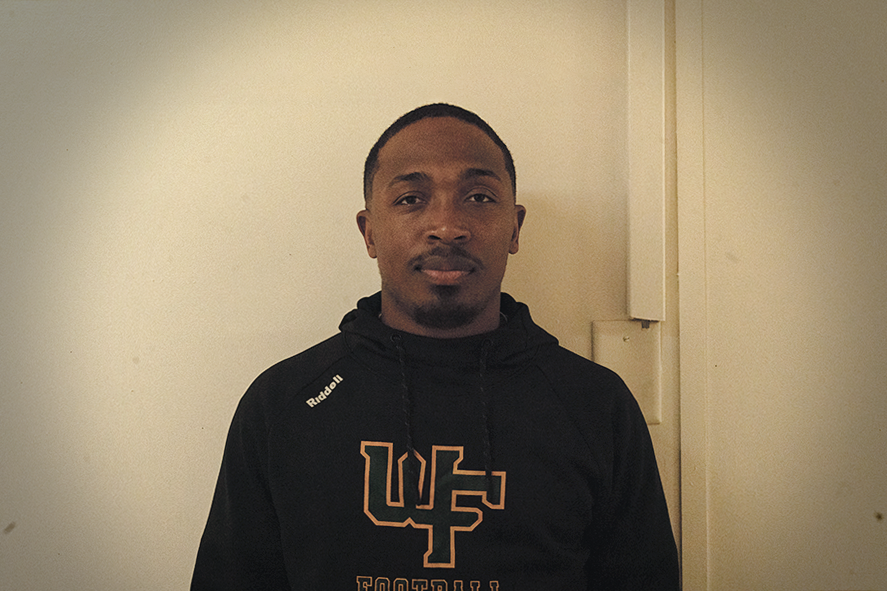
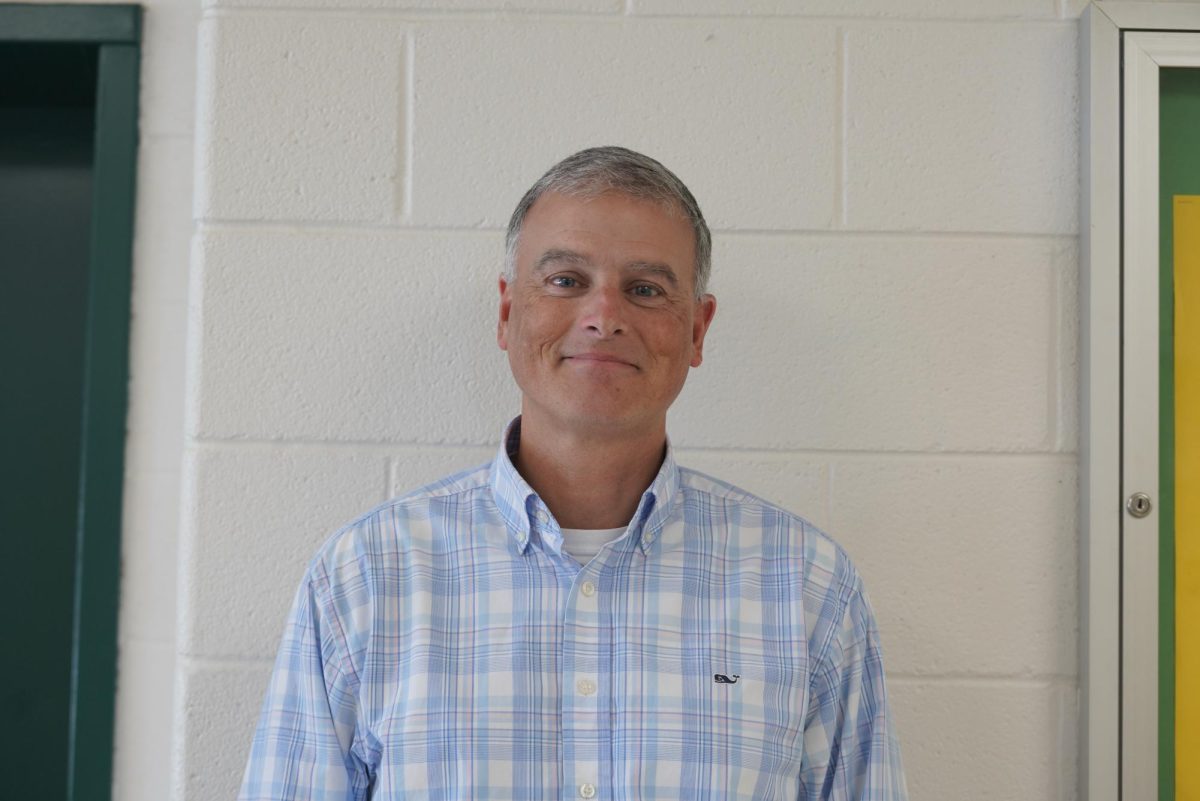
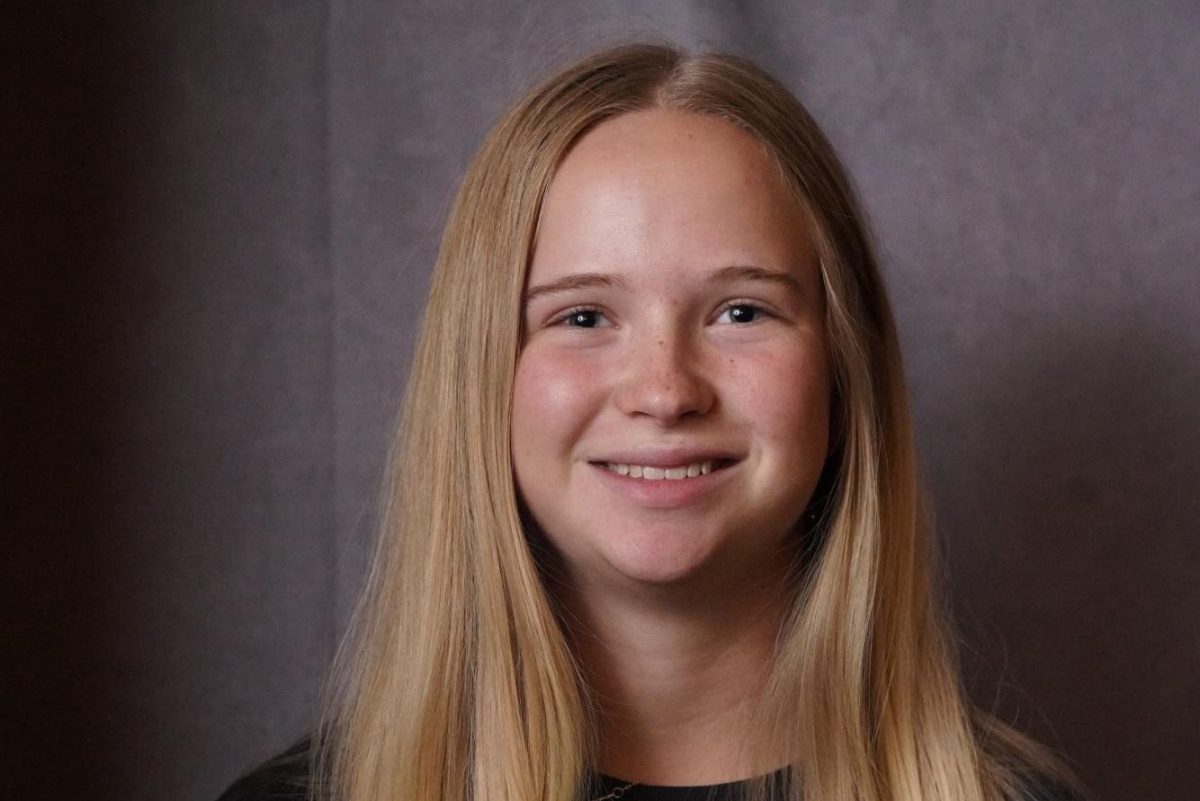
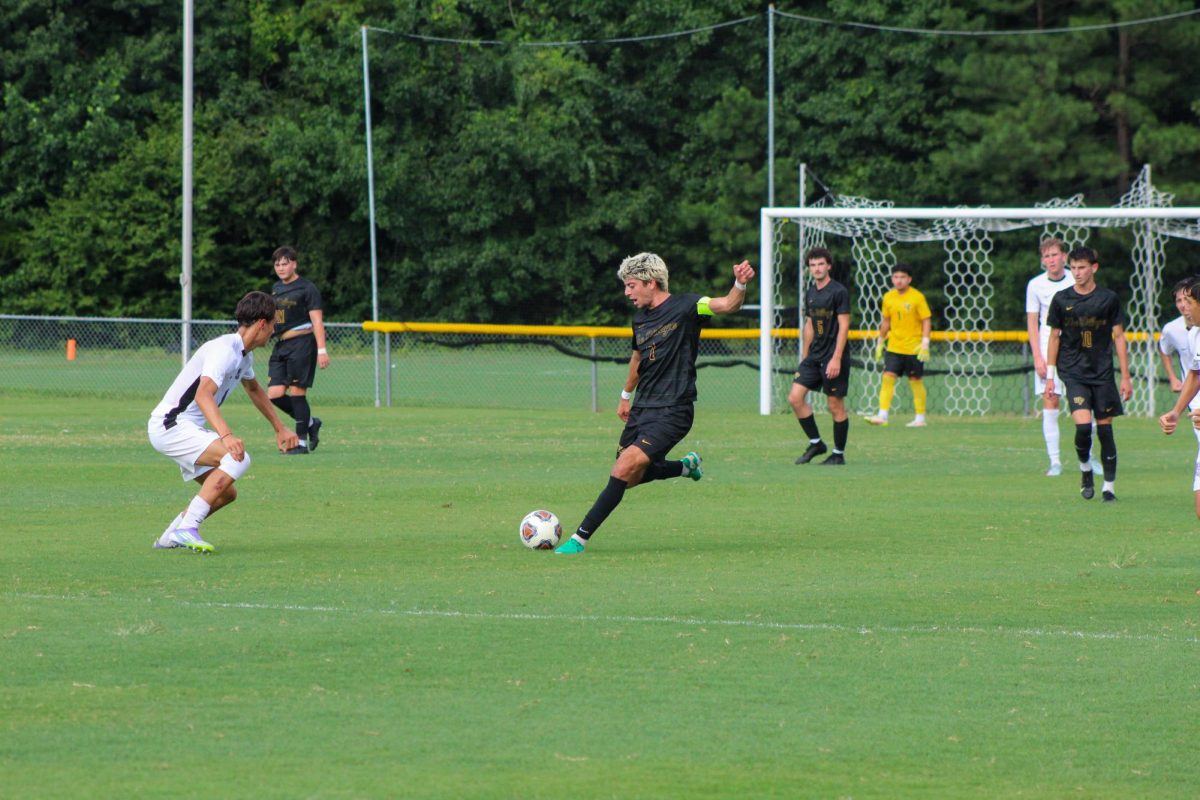
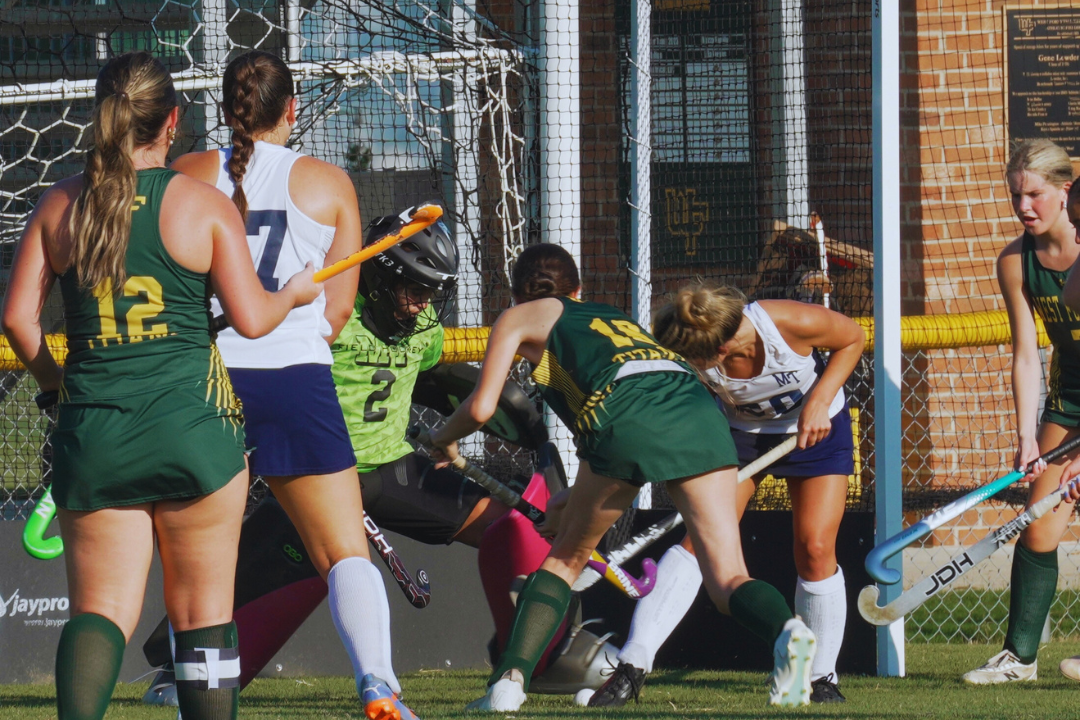
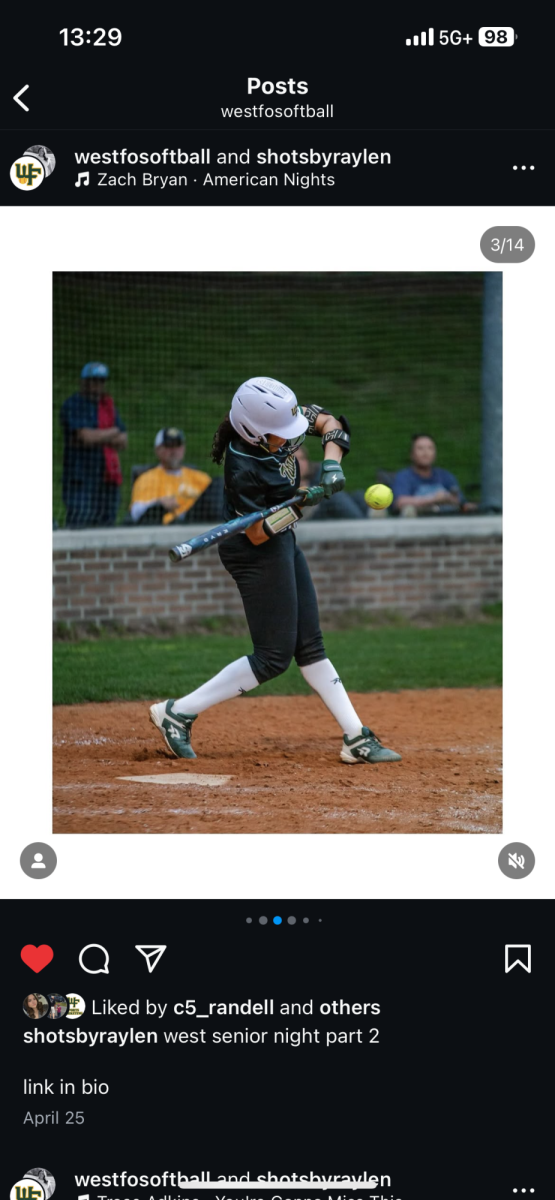

Ginny Mahlke • Jan 31, 2024 at 4:49 pm
What a thorough and informative article! Great research and great initiative in contacting the people you did.